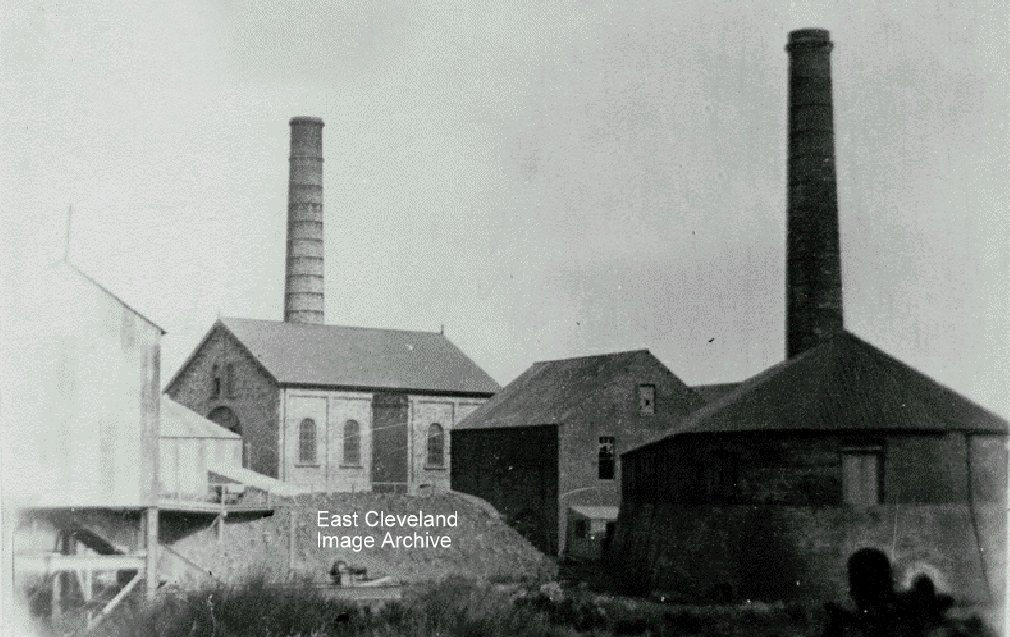
A good image of the engine house at Lingdale mine. The brick-kiln (and associated brick wheel) was part of an attempt to make the mine profitable (especially during slack times). It wasn’t particularly successful, but probably contributed enough to prevent total closure of the mine. Lingdale mine was one of the deeper mines in the Cleveland system and also at the poorest yield, there being a large band of shale splitting the seam in two. This resulted in the huge shale heap which took forever to dispose of! Lingdale village was described as almost derelict in the late Victorian era, the difficulty of winning the stone meaning that the mine was closed more often than in production. Paul Stonehouse tells us: My Granddad worked in quite a few or the East Cleveland Ironstone mines for most of his working life from a young boy to retirement. His name was Douglas Stonehouse and he lived as a young man in Lingdale and then later in Brotton. I know from stories he told me as a young lad that he was an ‘overman’ at one of the mines and I seem to think it was Kiltonthorpe but I can’t be sure. Any information or web sites etc would be greatly appreciated.” Peter Appleton comments: “I am not sure that the statement about Lingdale being the deepest mine is true. Peter Tuffs, in his “Catalogue of Cleveland Ironstone Mines” (pub. April 1999) gives the following depths for shafts: Lingdale 628 feet; North Skelton 740 feet 6 inches.
I accept that these are only the shaft depths. It is possible that the dip slope of the seams could have taken Lingdale’s workings to a greater depth than North Skelton’s. However, North Skelton had a sizeable head start on the depth – over 100 feet.
The matter could be settled if records of depths within the workings have survived for both mines. Anyone know the answer to that?”
Image courtesy of Maurice Grayson, tany thanks to Paul Stonehouse for that update and query; also to Peter Appleton for the hard facts.
Recent Comments